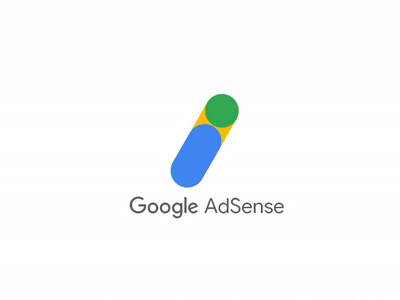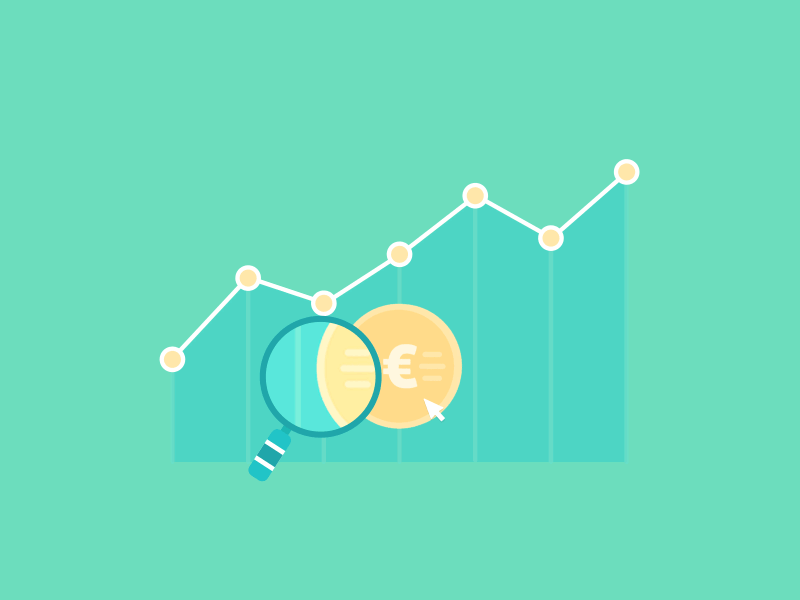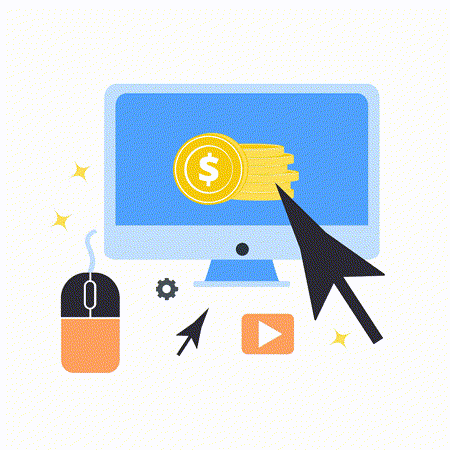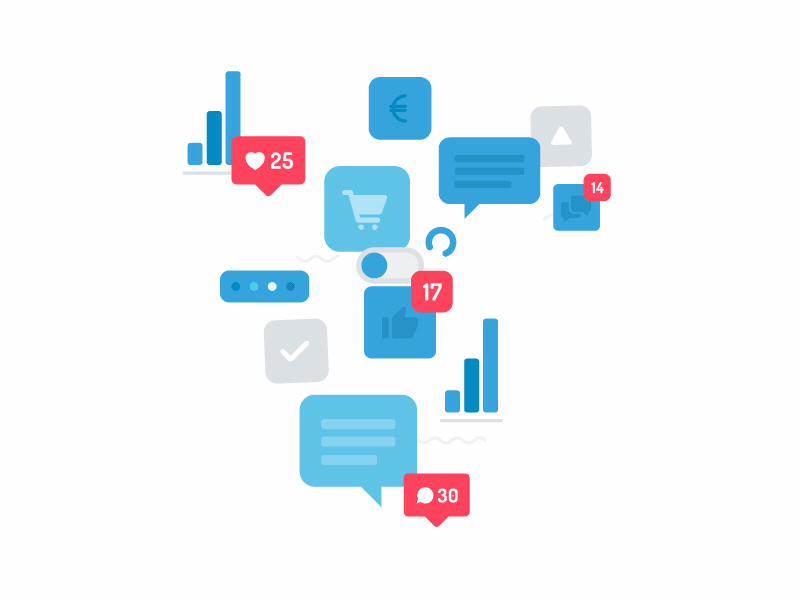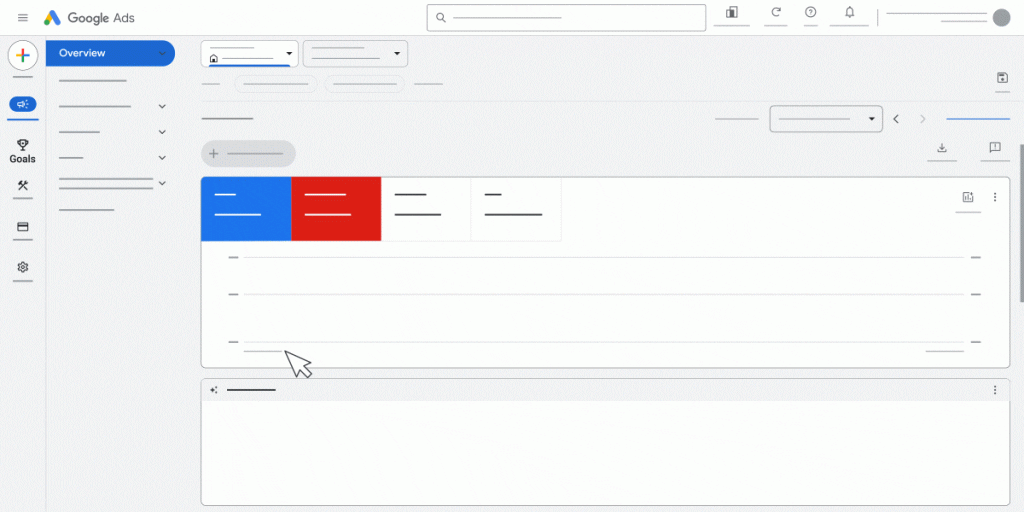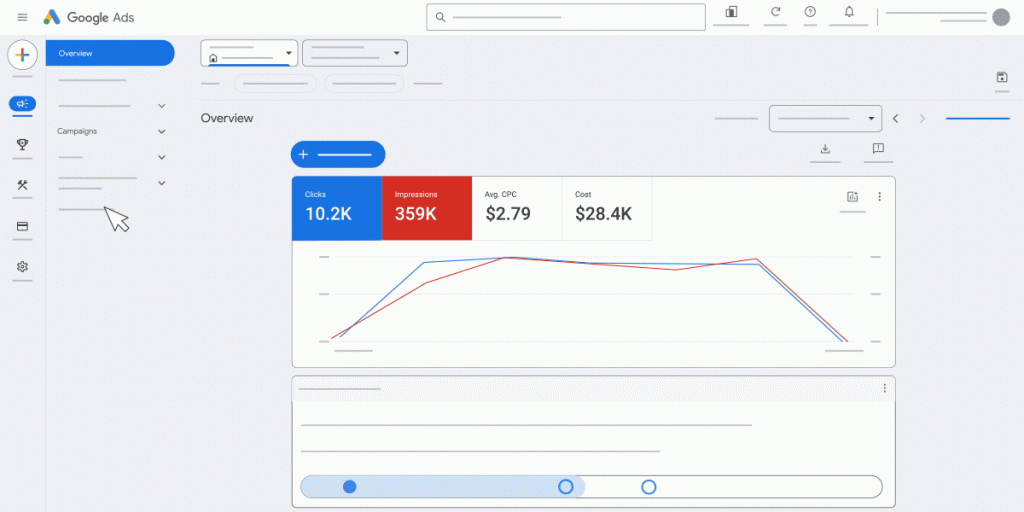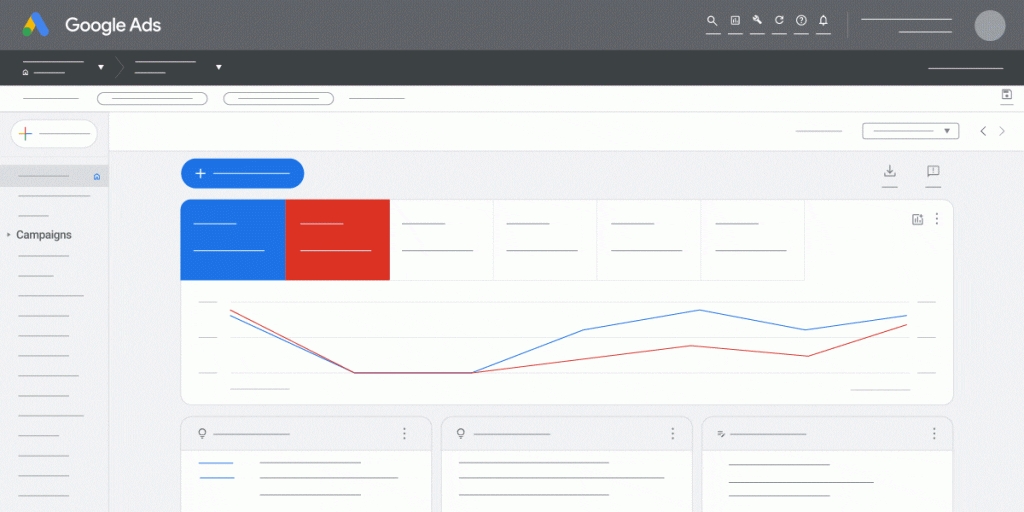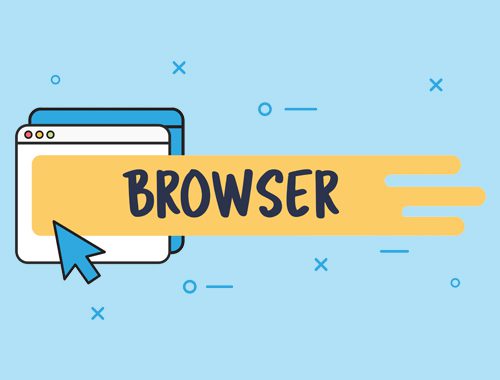How to Run Google Ads
Getting noticed online can be a right hassle. With everyone vying for attention, figuring out how to stand out might seem like looking for a needle in a haystack. That’s where digital marketing comes into its own.
It’s ace because it lets businesses like ours reach loads more people with far less faff.
After banging our heads against the wall more times than we care to admit, we left no stone unturned in getting to grips with Google Ads, which is crucial for smashing it with online advertising.
Fancy that in 2024, you’ll have to switch to Expert Mode to make the most of Google Ads? We’ve picked up a fair few tips and tricks on this journey and chucked them into this straightforward guide.
Our piece makes starting your advertising on Google as easy as pie. From kicking off your first campaign to picking who sees your ads and making sure you don’t blow the budget, we’ve got it covered.
Fancy an easier route to advertise online? Stick with us!
What is Digital Marketing and Why Is It Important?
Digital marketing is the use of online tools to promote products or services. It helps businesses reach more people and grow their sales in a fast way.
Definition of digital marketing
Digital marketing is the use of online tools to promote products or services. It includes various channels like websites, social media, and email. We connect with customers through digital advertising.
This helps us reach a large audience quickly.
Using digital marketing brings many benefits. We can target specific audiences and track our results easily. Google Ads is a key part of this mix. In 2024, we should switch to Expert Mode for better control over campaigns.
By understanding our goals and learning from competitors, we can improve our online marketing strategies effectively.
Benefits of using digital marketing
Digital marketing offers many benefits. It helps us reach a larger audience. We can connect with customers anywhere and anytime. With online tools, we get instant feedback on our ads.
This lets us adjust quickly to meet our goals.
Using targeted advertising boosts our chances for success. We can focus on specific groups that matter most to us. Campaigns like Google Ads allow us to track how well we are doing.
In 2024, knowing about bidding systems and calculating budgets is key for savings and profits in PPC advertising. Digital marketing also allows us to understand competitors better.
By studying their strategies, we learn what works best in running online advertising campaigns.
Types of Digital Marketing Channels
Digital marketing uses many channels to reach people. Each channel offers ways to connect with audiences and promote brands effectively.
Website marketing
Website marketing is key in our digital advertising efforts. It helps us reach customers directly through our websites. With Google Ads, we can create targeted online marketing campaigns that attract visitors.
We need to understand our audience and what they seek to make it effective.
Setting up a strong website for ads is crucial. This platform allows us to showcase products or services clearly. Having a well-structured site will improve conversion tracking and ad performance metrics.
Focused content guides potential customers from the ad click to making a purchase decision. Next, we look at pay-per-click advertising and its advantages for reaching specific audiences efficiently.
Pay-per-click advertising
Pay-per-click advertising is a key part of digital marketing. We pay each time someone clicks our ad. This system works on a bidding model. Advertisers choose a maximum bid for their ads.
Google Ads uses this method to decide which ads show up and where.
We can set goals for our campaign before starting. Knowing our audience helps us target them better. We can also select their location and language in our settings. Calculating our daily budget is essential too, as it ensures we spend wisely on Google Ads campaigns that meet our advertising goals.
Now, let’s explore how to create a digital marketing strategy together!
Content marketing
Content marketing helps us connect with our audience. It involves creating and sharing useful content. This can be blogs, videos, or social media posts. By providing valuable information, we build trust with our customers.
We know that understanding our audience is key to success in digital marketing.
This strategy supports our advertising goals on Google Ads. It engages users and encourages them to learn more about our products or services. Content marketing works well alongside pay-per-click ads by driving traffic to our site.
High-quality content also enhances keyword targeting in ad campaigns. Now let’s explore how to create a digital marketing strategy next.
Email marketing
Email marketing is a direct way to connect with our audience. We can share news, offers, and updates about our business easily. By sending well-crafted emails, we engage customers who might be interested in our products or services.
Setting goals for email marketing helps us stay focused. We should know what we want before starting. For instance, do we aim to boost sales or drive website traffic? Understanding these goals makes it easier to measure success later on.
Focusing on advertising strategies like creating effective ad copy keeps our messages clear and appealing. This way, we can make the most of our budget while engaging our target audience effectively.
Social media marketing
Social media marketing helps us connect with our audience. We can reach people where they spend their time online. Platforms like Facebook, Instagram, and Twitter allow us to share content that excites and engages users.
By understanding our customers, we focus on specific audiences who may be interested in our ads.
Using social media, we can run pay-per-click ads to boost visibility. These ads appear in user feeds or sidebars based on targeting parameters like location and interests. We should monitor campaign performance closely to see what works best for us.
With each ad placement, we learn more about maximising our ad spend effectively while adjusting strategies as needed.
How to Create a Digital Marketing Strategy
To create a digital marketing strategy, we start by setting clear goals. We then identify who our audience is and how we can reach them effectively.
Set SMART goals
We set SMART goals to guide our Google Ads campaigns. SMART stands for Specific, Measurable, Achievable, Relevant, and Time-bound. Each goal we create must be clear about what we want to achieve.
For example, if our aim is to increase website traffic by 20% in three months, this goal is specific and measurable.
We allocate our ad budget based on these goals. Understanding how much we can spend helps us manage pay-per-click ads effectively. Focusing on advertising goals allows us to maximise our ad spend efficiently.
Knowing exactly what we want lets us track performance better as we run Google Ads campaigns. Next, we will identify our target audience for the campaign.
Identify target audience
To run Google Ads successfully, we must identify our target audience. Knowing who our customers are helps us create ads that appeal to them. We can think about their age, location, and interests.
Using location targeting is smart when it fits our goals. This way, we reach the right people at the right time.
Understanding our audience enhances our chances of success. Setting advertising goals helps us know what we want to achieve with each ad campaign. In 2024, Google Ads will rely on a bidding system where we choose a maximum bid for clicks on our ads.
By learning about competitors and their strategies, we can refine ours and improve results in managing pay-per-click campaigns effectively.
Create a budget for each channel
We need to create a budget for each marketing channel. This helps us spend wisely and get the best results. Google Ads works on a bidding system. We should calculate our daily budget for running Google Ads based on our goals.
Focusing on advertising goals is essential. We can allocate our budget according to how well each channel performs. Setting up digital marketing campaigns requires understanding our audience and where they are located.
Every dollar counts, so we must monitor campaign performance closely to maximise ad spend effectively.
Optimise for mobile
Optimising for mobile is vital in today’s world. Many people use their phones for browsing and shopping. Google Ads must work well on these devices. We should ensure our ads look good and load fast on smartphones.
Setting up campaigns with mobile users in mind helps us reach more customers. We need to analyse how our audience interacts with our ads on their phones. Location targeting can also boost performance.
A strong mobile strategy improves our chances of success when managing pay-per-click campaigns through Google AdWords.
Choose a powerful platform for marketing efforts
Choosing a strong platform for our marketing efforts is crucial. Google Ads stands out as one of the best tools for pay-per-click advertising. In 2024, we should switch to Expert Mode to unlock more features.
This mode helps us set up campaigns that can reach our target audience effectively.
We need to select the right campaign type based on what we want. Setting our ad schedule is also important; it allows us to specify location and language accurately. By calculating a daily budget, we can manage how much we spend on Google Ads wisely.
Knowing our goals helps us allocate budget based on performance too. Understanding our customers and their needs ensures better results with each ad campaign we run.
Running Google Ads
Running Google Ads can help us reach our audience effectively. We need to set clear goals and create ads that grab attention.
Define goals for campaign
We must define clear goals for our Google Ads campaign. Goals guide our actions and help us measure success. We should consider what we want to achieve, like increasing website traffic or boosting sales.
Setting SMART goals will make our efforts focused and effective.
Understanding our audience plays a big role in this process. Knowing who they are helps us create better ads that connect with them. We need to calculate a daily budget based on these goals too.
This way, we can maximise ad spend effectively while monitoring performance closely as the campaign runs ahead. Next, let’s choose the right target audience for our advertisements.
Choose target audience
Choosing the right target audience is key to running Google Ads successfully. We need to know our customers well. This understanding helps us create ads that speak directly to them.
Location targeting can make a big difference too. If we know where our audience lives, we can set specific areas for our ads.
Understanding what our audience wants guides us in selecting the best keywords and phrases. Setting clear advertising goals will also help us focus better. Knowing these goals allows us to allocate budget based on performance as well.
By doing this, we ensure that each penny of ad spend works hard for us in managing pay-per-click campaigns effectively.
Set budget and targeting parameters
Setting a budget for our Google Ads is key to success. We need to calculate our daily budget based on goals and expected performance. Each campaign type has its own costs, so we set limits that match our advertising goals.
Picking the right targeting parameters helps us reach specific audiences. We can specify location and language to connect with customers better.
Understanding how Google Ads works is vital. It uses a bidding system where we select a maximum bid amount for each click on our ad. This approach allows us to manage pay-per-click campaigns effectively while maximising ad spend.
By knowing our audience and setting clear budgets, we improve campaign performance over time.
Create compelling ad copy and visuals
Creating strong ad copy and visuals is key to our success with Google Ads. We must focus on clear messages that attract our target audience. Use powerful words that capture attention quickly.
Our ads should tell a story or solve a problem for the customer.
Visuals play an important role too. A bright image or an engaging video can boost interest in our ads. It’s wise to test different styles to see what works best. We want people to click, so let’s make every detail count in our pay-per-click ads campaign.
Monitor and optimise campaign performance.
We must monitor and optimise our campaign performance regularly. Google Ads uses a bidding system for clicks. It’s essential to know how much we are willing to pay for each click.
We should set clear advertising goals and adjust our budget based on performance.
Understanding our audience is also key. Location targeting helps reach the right people at the right time. We can check out competitors to see what works for them too. Tracking results gives us insight into how we can improve future campaigns in Google Ads.
